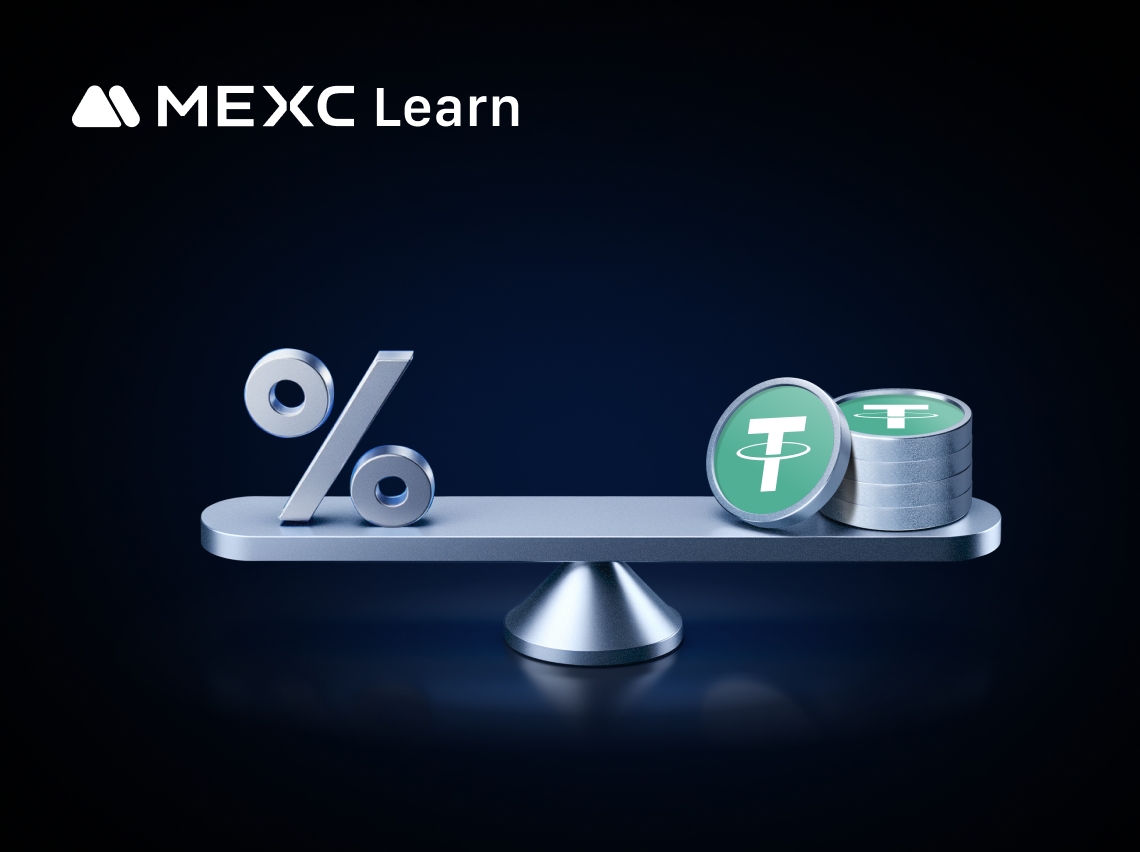PNL Calculations Explained


1. Difference Between Unrealized and Realized PNL
1.1 Basic Definition


1.2 Calculation Formula Comparison
Position Type | Unrealized PNL Calculation Formula | Realized PNL Calculation Formula |
Long | (Fair Price − Avg Entry Price) x Position x Size | (Avg Close Price − Avg Entry Price) x Position x Size |
Short | (Avg Entry Price − Fair Price) x Position x Size | (Avg Entry Price − Avg Close Price) x Position x Size |
1.3 Example


- Trading pair: ETHUSDT (Long position: bullish on ETH)
- Avg entry price: 2721.18 USDT
- Fair price: 2723.92 USDT
- Avg close price: 2722.91 USDT
- Position size: 50 cont. (1 cont. = 0.01 ETH)
- Opening fee: −0.2722 USDT
- Closing fee: −0.2722 USDT
1.4 Why is PNL Different Before and After Closing a Position?
- The fair price mechanism reduces the impact of market manipulation, but the actual realized PNL depends on the market price when the order is matched.
- In Futures trading, unrealized losses may trigger liquidation, so controlling position risk is crucial.
2. How to Calculate the PNLRate
2.1 Calculation Formula
2.2 Example
- Trading pair: ETHUSDT (Long position – bullish on ETH)
- Leverage: 500x
- Direction: Long (bullish)
- Entry price: 2697.30 USDT
- Real-time fair price: 2703.67 USDT
- Position size: 50 cont. (1 cont. = 0.01 ETH)
- Trading fee = 0.2697 USDT
- Funding fee = 0 USDT
Popular Articles

Dogecoin ETF: What We Know So Far and Whether It Could Happen
Key Takeaways:REX-Osprey Dogecoin ETF (DOJE) launched in September 2025 as the first U.S. product offering DOGE exposure via a mix of holdings and derivatives.Grayscale Dogecoin Trust ETF (GDOG) debut

Dogecoin Mining 2025: How DOGE Is Mined, Merge Mining, and Miner Economics
Key Takeaways:Dogecoin Mining Process: Dogecoin uses Proof-of-Work (PoW) with the Scrypt algorithm, providing a fixed 10,000 DOGE reward per block every ~1 minute, ensuring consistent supply for miner

Elon Musk and Dogecoin: How Much Influence Does He Still Have?
Key Takeaways:Musk’s Pivotal Role: Elon Musk’s influence on Dogecoin’s rise is profound, shaping the cryptocurrency’s trajectory through public endorsements and tweets.Price Influence: Musk’s tweets h

What Will Ethereum Be Worth in 2030? Expert Predictions and Price Analysis
Ethereum's price trajectory toward 2030 has captured significant attention from investors worldwide. This analysis examines expert forecasts, fundamental growth drivers, and realistic valuation scenar
Hot Crypto Updates

PUMPV2 (PUMPV2) Price in EUR: Latest Market Insights
The current PUMPV2 (PUMPV2) price in EUR highlights how this cryptocurrency is performing against Europe's primary currency. Since EUR is widely used across international trade and finance, valuing PU

What Is Advanced Micro Devices (AMD)?
If you’re researching AMD stock (AMD), you’re looking at one of the most important companies in modern computing. Advanced Micro Devices, Inc. (AMD) designs high-performance chips that power everythin

What Is NVIDIA (NVDA)?
If you’re looking up NVIDIA stock (NVDA), you’re usually trying to understand more than a ticker. NVIDIA sits near the centre of some of the most important computing trends of the last decade: gaming

Bitcoin's Quantum-Resistant Future: A Strategic Migration Timeline
1. Why Post-Quantum Security Matters NowBitcoin's foundational security hinges on cryptographic protocols like ECDSA and Schnorr signatures, which face existential risks from advancing quantum computi
Trending News

The Channel Factories We’ve Been Waiting For
The post The Channel Factories We’ve Been Waiting For appeared on BitcoinEthereumNews.com. Visions of future technology are often prescient about the broad strokes while flubbing the details. The tabl

What is the Outlook for Digital Assets in 2026?
The post What is the Outlook for Digital Assets in 2026? appeared on BitcoinEthereumNews.com. The crypto market cap reached $4.3 trillion in 2025 as institutions

Pudgy Penguins’ Non-Crypto Display Wraps Las Vegas Sphere, Potentially Elevating PENGU Brand Reach
The post Pudgy Penguins’ Non-Crypto Display Wraps Las Vegas Sphere, Potentially Elevating PENGU Brand Reach appeared on BitcoinEthereumNews.com. Pudgy Penguins,

WLD Price Prediction: Worldcoin Eyes $0.67 Recovery Despite Bearish Momentum – Q1 2025 Forecast
The post WLD Price Prediction: Worldcoin Eyes $0.67 Recovery Despite Bearish Momentum – Q1 2025 Forecast appeared on BitcoinEthereumNews.com. Lawrence Jengar
Related Articles

What Are Prediction Futures?
Cryptocurrency futures trading attracts countless investors with its high leverage and the ability to profit in both rising and falling markets. However, its complex mechanisms such as margin, leverag

Calculation of Futures Yield and Trading Fees
When trading futures on MEXC or other major exchanges, your trading PNL is based on three components:Trading Fees: The cost incurred during the transaction.Funding Fees: Periodic settlements based on

MEXC Fees Explained: Complete Trading, Futures & Withdrawal Fees Guide
Whether you are an experienced cryptocurrency trader or just getting started, understanding trading fees is essential to navigating the market and improving your trading experience. MEXC, a leading gl

How to Use Demo Trading on MEXC Futures
In cryptocurrency futures trading, developing skills and strategies often comes at the cost of real capital. Many beginners enter the live market without sufficient preparation and face significant lo
